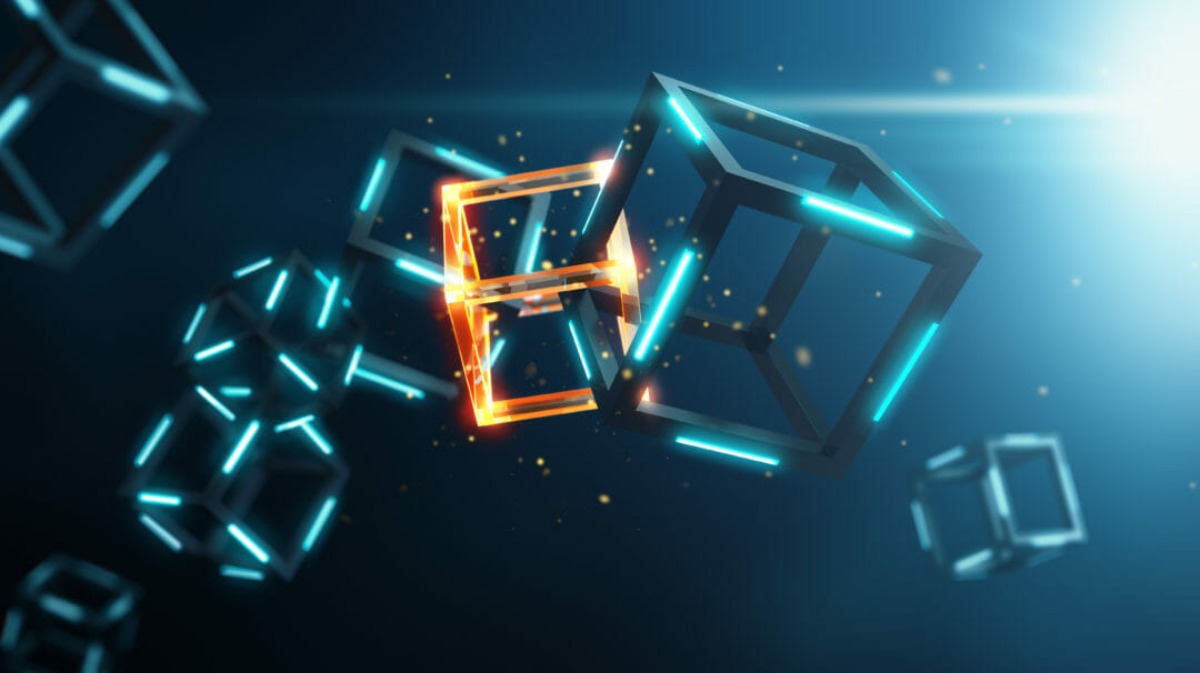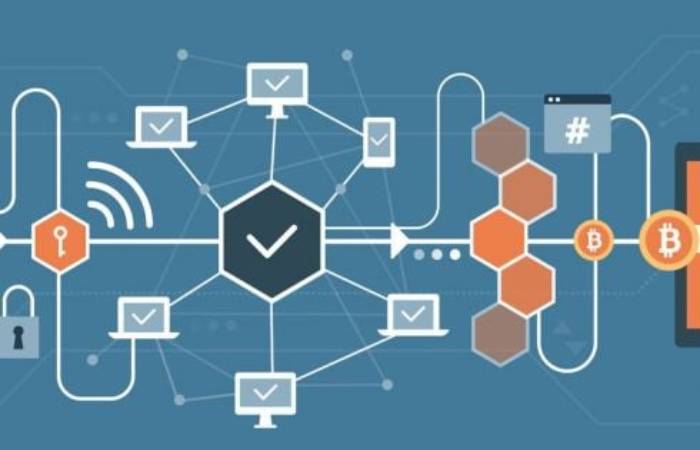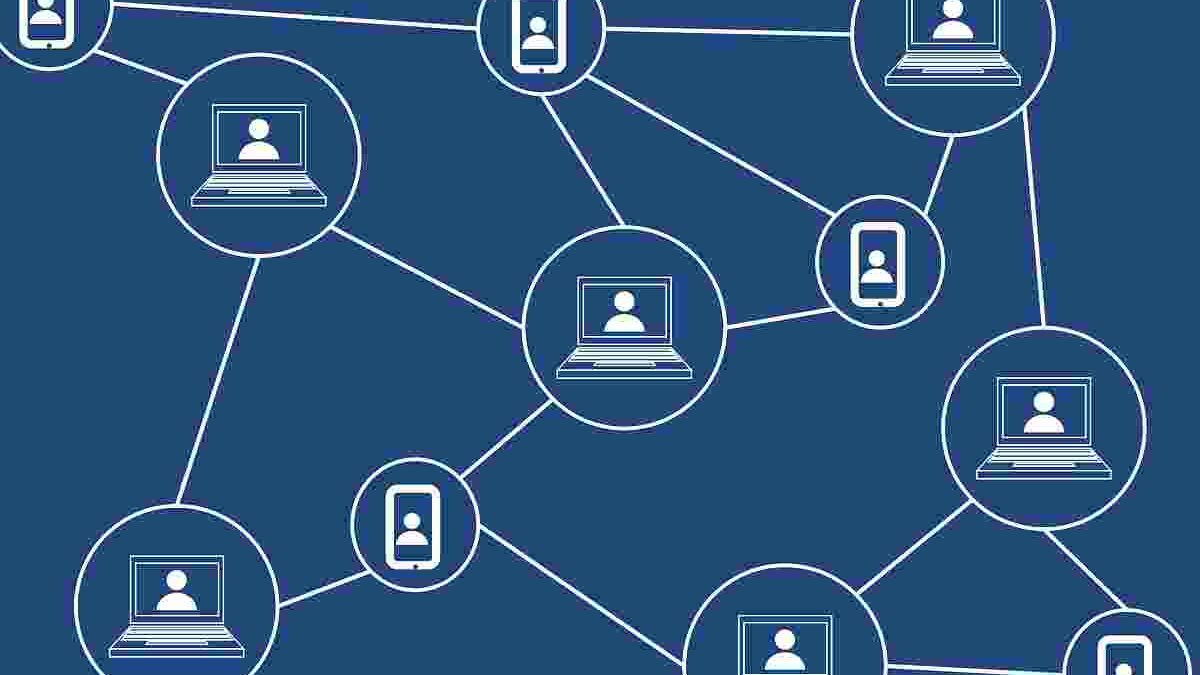Table of Contents
What Is Blockchain?

Blockchain, sometimes referred to as distributed ledger technology (DLT), makes the history of any digital asset immutable and transparent through decentralization and crypto hashing.
A simple analogy for understanding blockchain technology is a Google document. When we create a document and share it with a group of people, it is distributing rather than copied or transmitted. It makes a decentralized distribution chain that allows everyone to access the document simultaneously. No one is stuck waiting for changes from another party, while all changes to the document are recorded in real-time, so changes are entirely transparent.
How to Work Blockchain

To start working Blockchain firstly we have to understand “How does blockchain work?” To put it simply, the blockchain works through a series of time-stamped records, managed by a group of computers that do not belong to any entity, person, or company. The data blocks (which are called “blocks”) are linked together according to cryptographic principles and form the eponymous “chain.”
- Every blockchain transaction goes through the same steps, whether for financial transactions or product tracking. The basic principle of how a blockchain works can be divided into four different and related phases:
- Each transaction is recorded. This record, which contains specific contact details of the people carrying out the trade, is authenticating by the digital signature of each individual.
- Each transaction is checking for validity. This verification process is completing by the computers connected to the network, which independently verifies that the transaction is legitimate. Since this is a decentralizing process, each node in the network must consent before the process can be completes.
- Once verified, each transaction is adding to a block that is hashing. “Blocks” are essentially groups of transactional records, and each is unique. Each block also carries a code known as a hash value (or hash digest), which uniquely identifies it and indicates its position in the blockchain. The hash also ensures the integrity of the data to show that it has not been modifing since it was adding to the block.
- The block will be adding at the end of the blockchain when completed. This brings us to the end of the blockchain creation and verification process. As soon as one block is complete, another block will follow soon
Advantages VS Disadvantages
Currently, blockchain is using in areas as diverse as commerce, entertainment, and cryptocurrencies. But what are the tech’s strengths and weaknesses that everyone is talking about?
Advantages Of Blockchain
- Safe method because changing any unit of information on the block chain would use a lot of computing power to destroy the entire network.
- It has meager transaction costs for the exchange of assets.
- It is transparent because the data is integrating across the entire network, and the public can view it.
- Users can expect trade to run like convention orders.
- All transactions are immutable, which means they cannot be changes or deleted.
- Users are in control of all their data and sharing.
- The block chain does not have a significant deception problem and is better equippes to resist malicious attacks thanks to decentralized systems.
- Information on the block chain is ready, stable, accurate, promising, and generally available.
Disadvantages Of The Blockchain
- It’s slow compared to centralized databases.
- It offers incredible mutual funds in conversion fees and time, but high launch capital costs could be an obstacle.
- In the blockchain system, it must be ensured that the network nodes reach a consensus.
- The blockchain is just a single data structure. Moreover, It won’t solve all the world’s problems.
- Nevertheless, any cryptocurrency always requires a mining system, which requires a lot of power.
- It’s a total shift towards a decentralized system that requires the approval of its customers and administrators.

